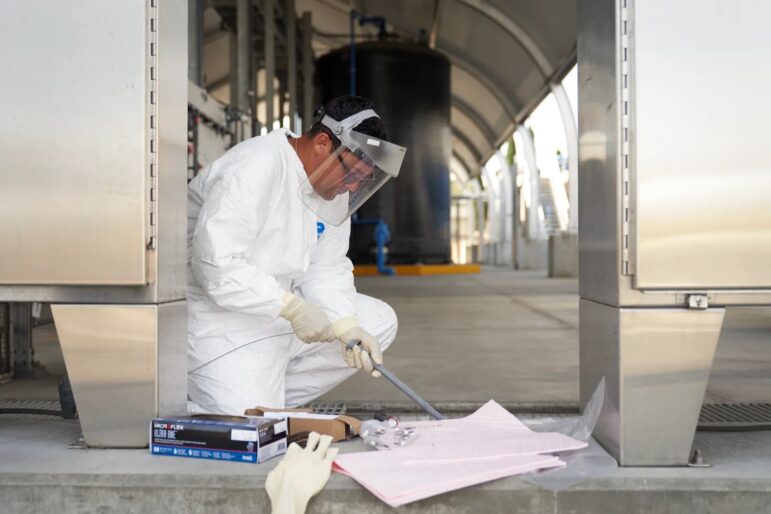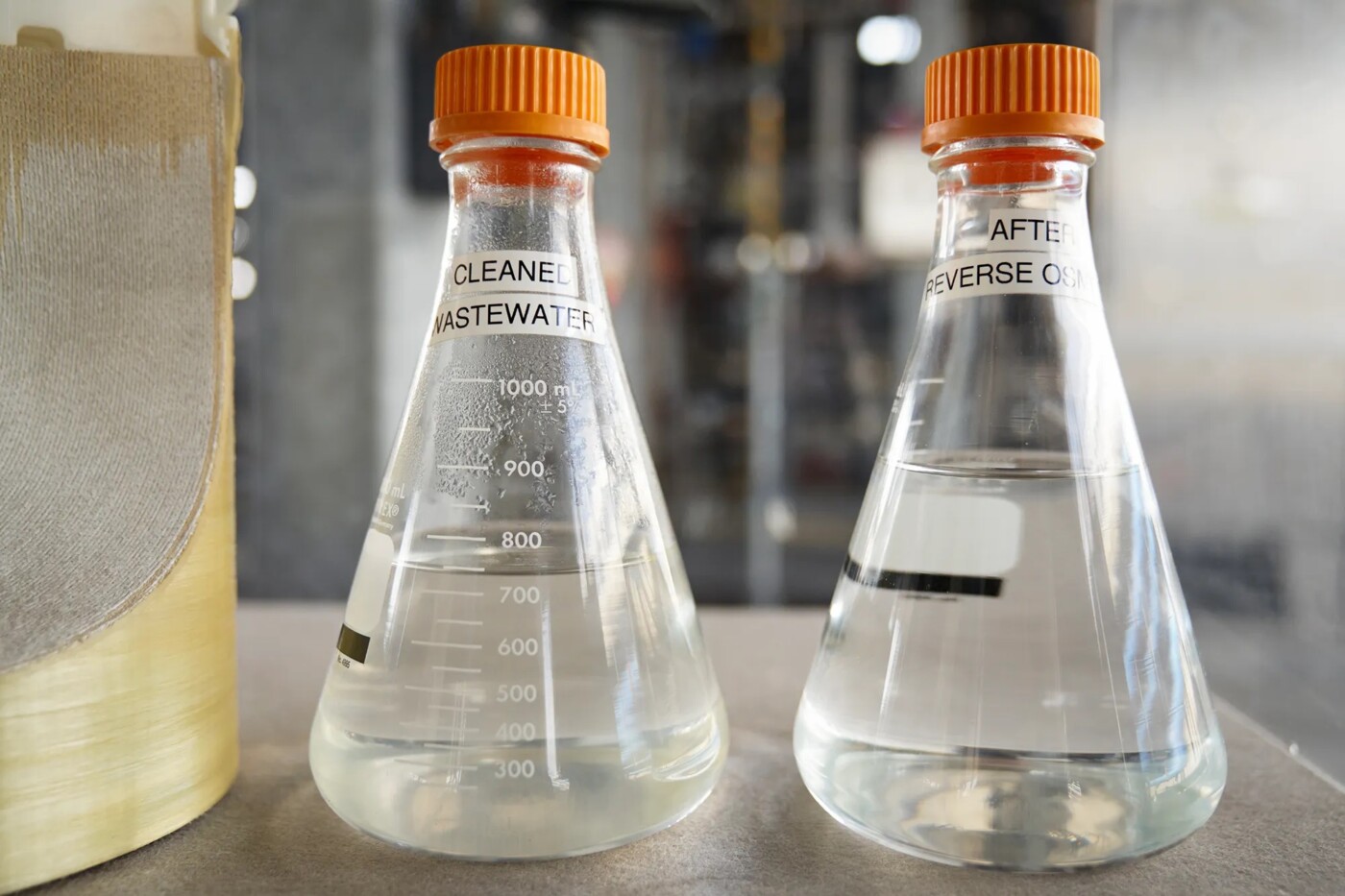Californians could drink highly purified sewage water that is piped directly into drinking water supplies for the first time under proposed rules unveiled by state water officials.
The drought-prone state has turned to recycled water for more than 60 years to bolster its scarce supplies, but the current regulations require it to first make a pit stop in a reservoir or an aquifer before it can flow to taps.
The new rules, mandated by state law, would require extensive treatment and monitoring before wastewater can be piped to taps or mingled with raw water upstream of a drinking water treatment plant.
“Toilet-to-tap” this is not.
Between flush and faucet, a slew of steps are designed to remove chemicals and pathogens that remain in sewage after it has already undergone traditional primary, secondary and sometimes tertiary treatment.
It is bubbled with ozone, chewed by bacteria, filtered through activated carbon, pushed at high pressures through reverse osmosis membranes multiple times, cleansed with an oxidizer like hydrogen peroxide and beamed with high-intensity UV light. Valuable minerals, such as calcium, that were filtered out are restored. And then, finally, the wastewater is subjected to the regular treatment that all drinking water currently undergoes.
“Quite honestly, it’ll be the cleanest drinking water around,” said Darrin Polhemus, deputy director of the state’s Division of Drinking Water.
The 62 pages of proposed rules, more than a decade in the making, are not triggering much, if any, debate among health or water experts. A panel of engineering and water quality scientists deemed an earlier version of the regulations protective of public health, although they raised concerns that the treatment process would be energy-intensive.
“I would have no hesitation drinking this water my whole life,” said Daniel McCurry, an assistant professor of civil and environmental engineering at the University of Southern California.
This water is expected to be more expensive than imported water, but also provide a more renewable and reliable supply for California as climate change continues. Most treated sewage — about 400 million gallons a day in Los Angeles County alone — is released into rivers, streams and the deep ocean.

The draft rules, released on July 21st, still face a gauntlet of public comment, a hearing and peer review by another panel of experts before being finalized. The State Water Resources Control Board is required by law to vote on them by the end of December, though they can extend the deadline if necessary. They would likely go into effect next April and it will take many years to reach people’s taps.
Heather Collins, water treatment manager for the Metropolitan Water District of Southern California, said the regulations will give the district more certainty about how to design a massive, multi-billion dollar water recycling project with the Los Angeles County Sanitation Districts. The district imports water that is provided to 19 million Southern Californians.

This is great news for California as we will have a new source of potable water that is even cleaner and without the cost and environmental impacts of desalination plants.
We have been using this method in Australia for many years
It is brilliant.